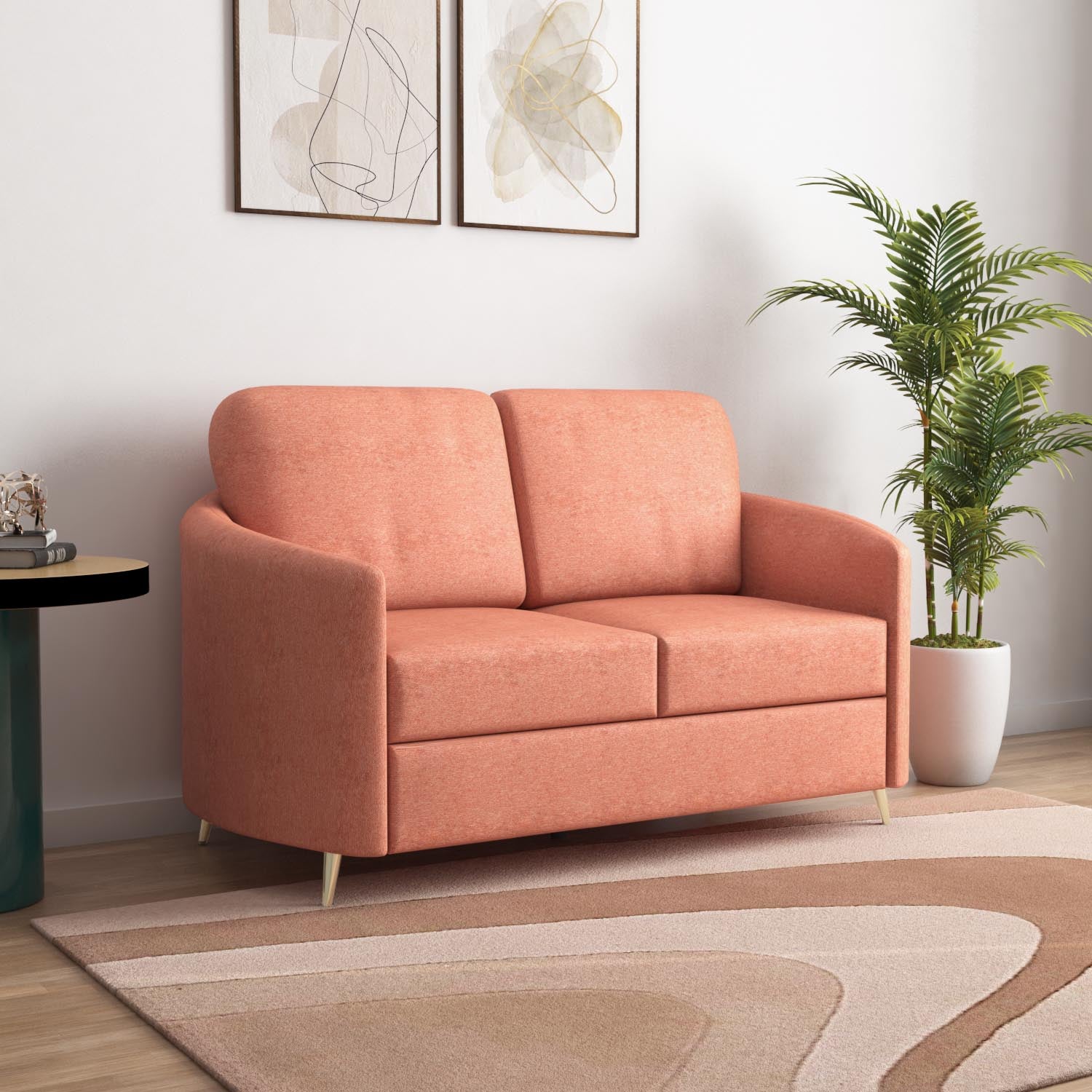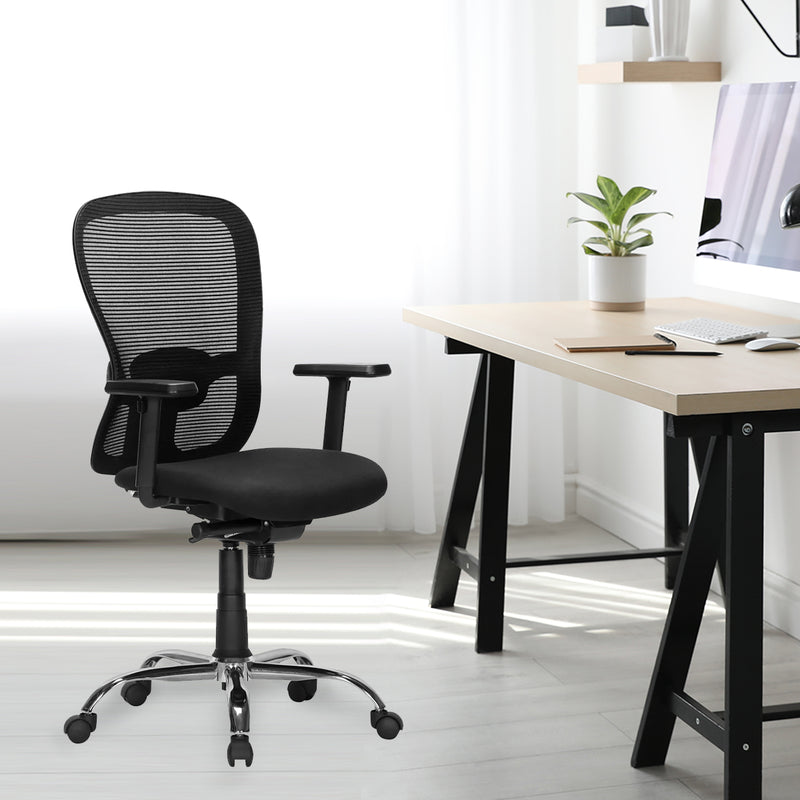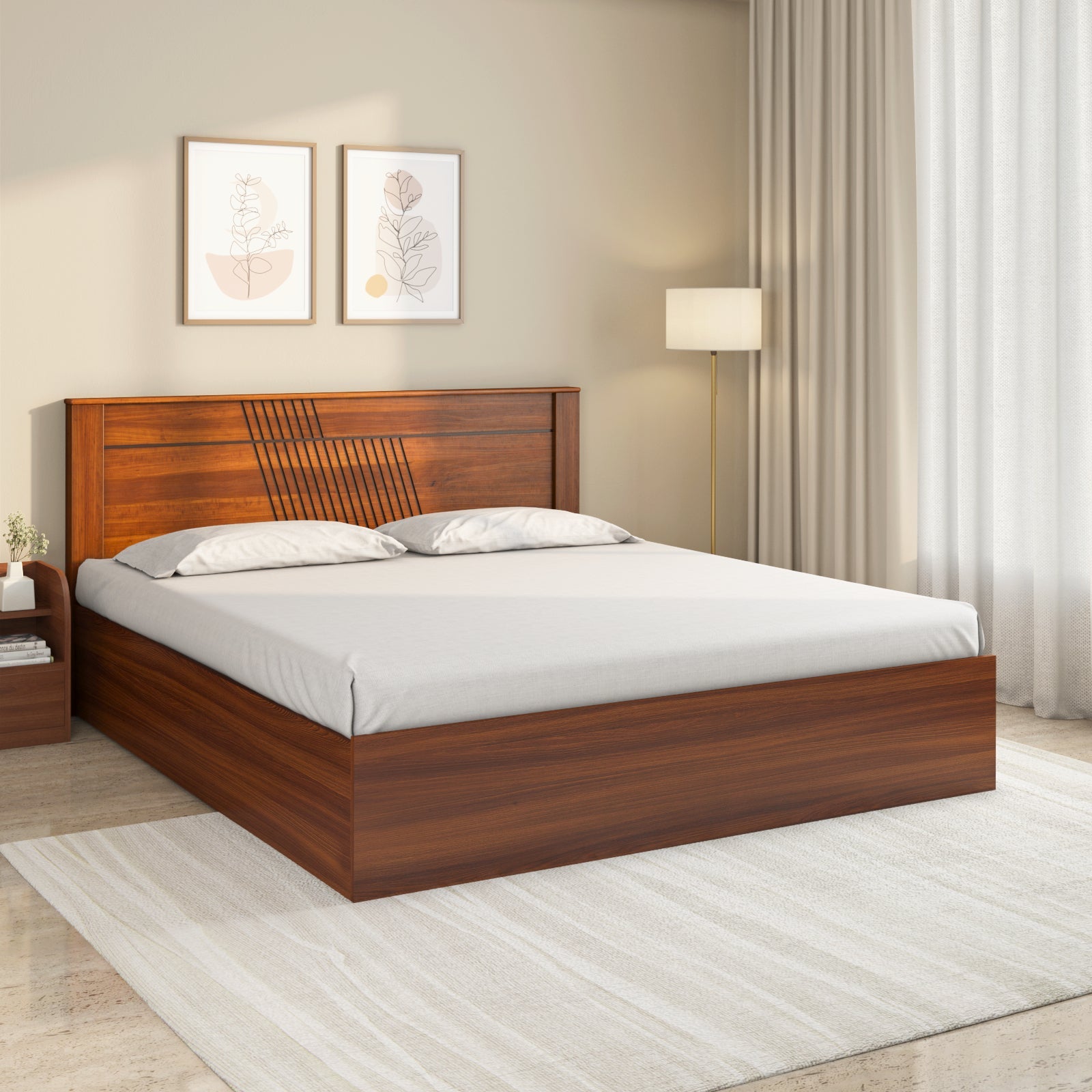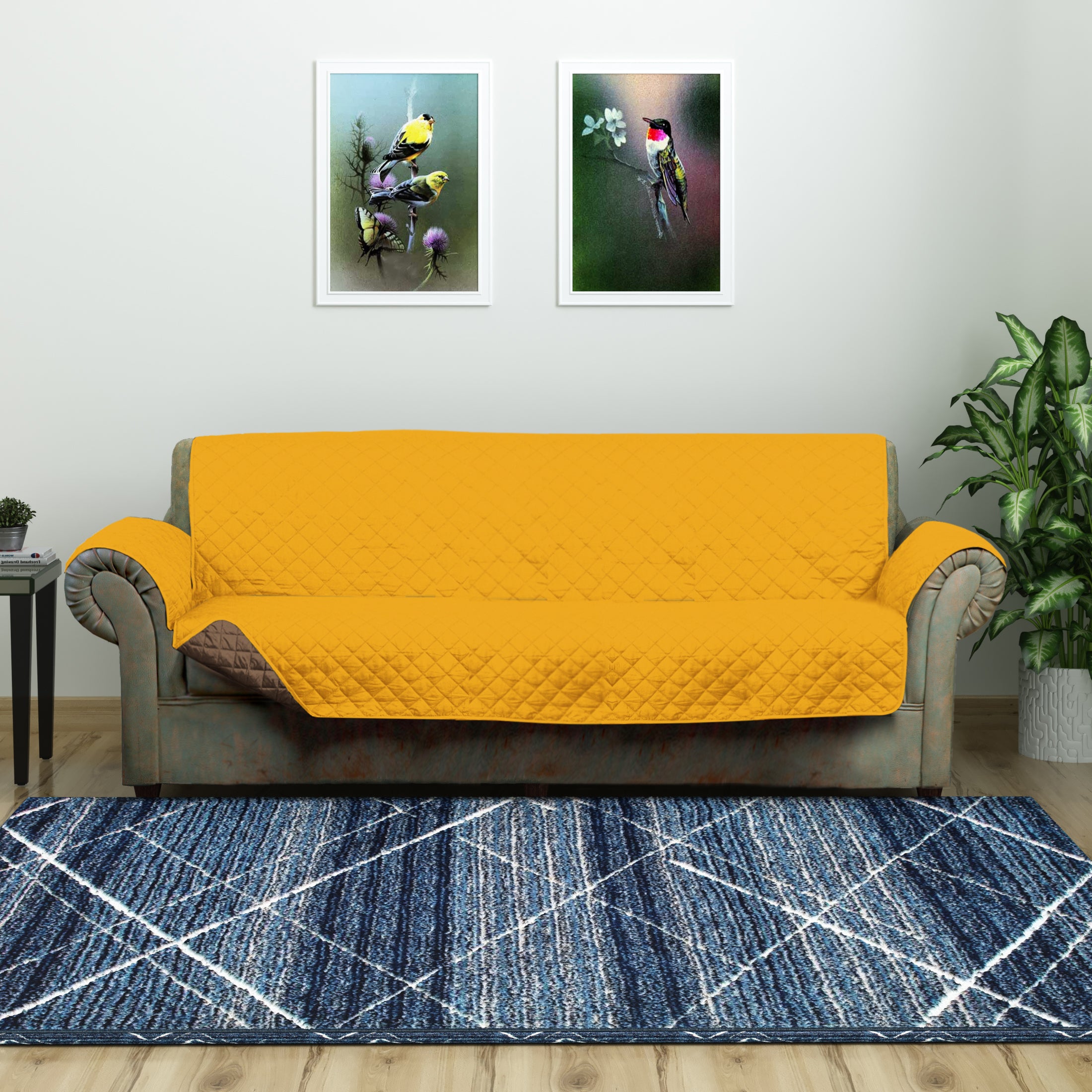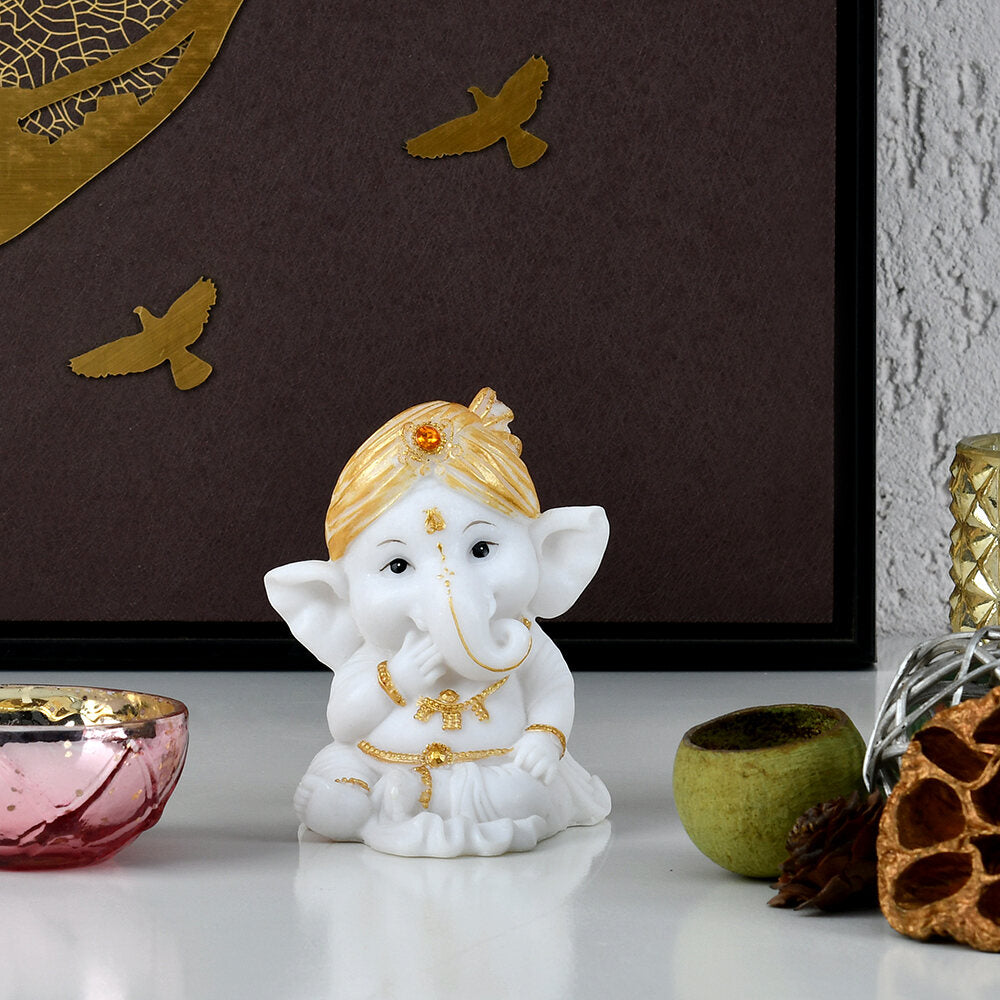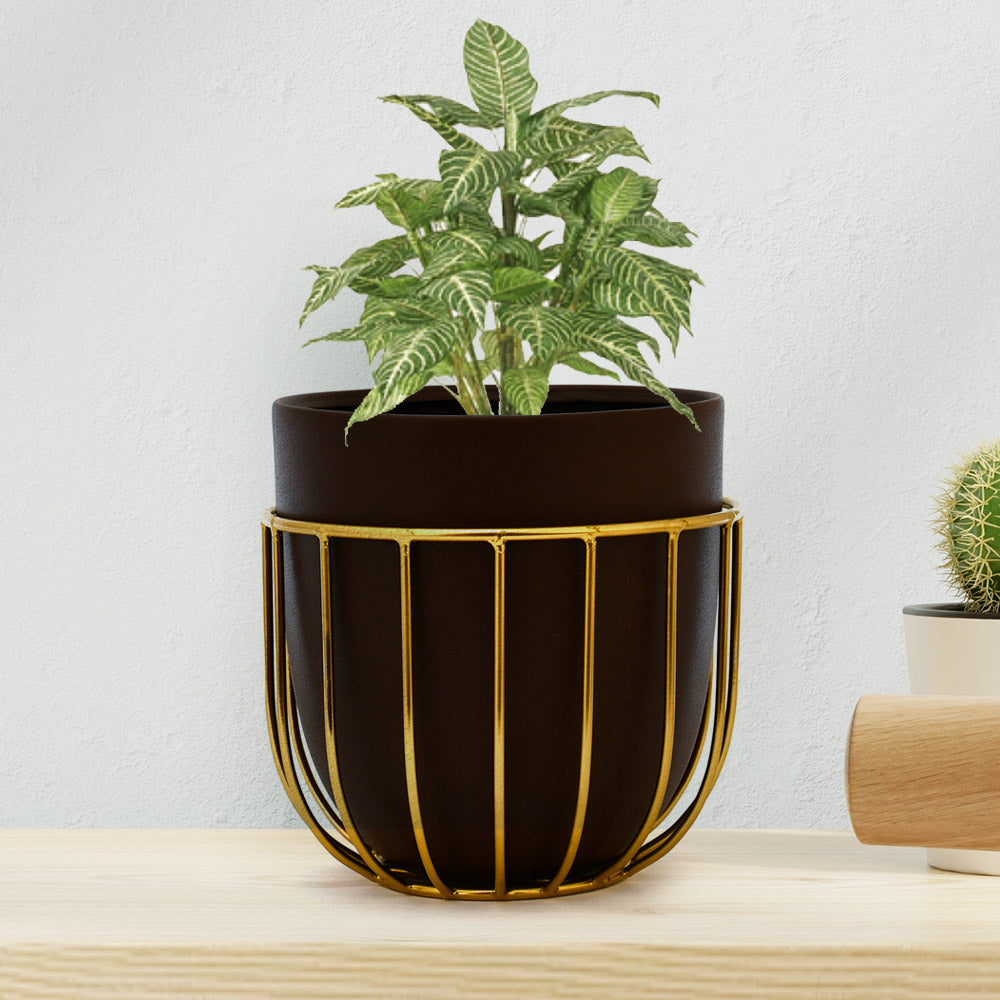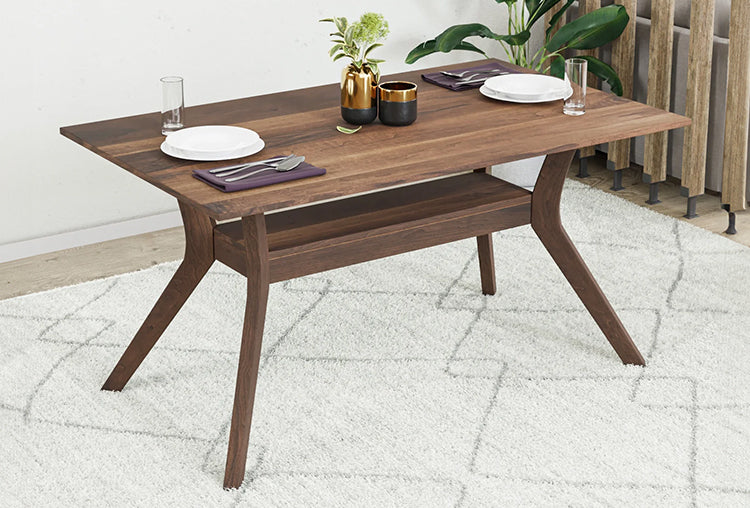The dining space is one of the most important areas in any house—a room for conversation, sharing meals, and making memories. At the centre of it all is the dining table, a piece that must balance both aesthetic value and functional comfort. Of all the things to consider when selecting a dining table—size, material, and shape—one of the most underappreciated, yet important, factors is its height. Your choice of dining table height can go a long way in determining how much comfort and practicality your dining experience will be.
In this blog, we will dive into how to choose the perfect dining table height according to your way of life, room, and personal taste so that your tables, chairs, and daily needs can have perfect synergy.
Learning about Typical Dining Table Heights
Before diving into your choices, you need to know about the industry norms for dining table heights and how they accommodate various environments:
Typical Height (28 to 30 inches):
This is the most prevalent height for formal dining tables. With regular chairs (seat height of 17 to 19 inches), this configuration provides the best ergonomics for most adult users. It's perfect for formal and informal dining, with a comfortable, yet familiar feel.
Counter Height (34 to 36 inches):
Often used in kitchen-diner spaces or for informal meals, counter-height tables provide a slightly elevated surface. These are usually accompanied by counter stools or chairs with seat heights of 24 to 26 inches. They encourage a more casual, chatty environment and are particularly sought-after in open-plan homes.
Bar Height (40 to 42 inches):
Better suited for breakfast cafes or social areas, bar-height tables come with stools that range from 28 to 30 inches in seat height. They're less usual for multi-course meals but perfect for high-top dining or small urban living.
Knowledge of these categories is the starting point in making an informed choice based on your home and lifestyle.
Measuring Your Space and Layout
Your space limitations directly impact determining the correct height for a dining table. A standard-height table is usually suitable for dining rooms or dedicated eating spaces, where meals have allocated space. However, bar-height or counter-height tables are more appropriate for smaller houses, studio apartments, or open-concept spaces where the dining table can act as an alternative prep area or workspace.
Pay attention to ceiling height too—tables that are taller than usual in low-ceiling rooms can be overwhelming or out of proportion. Always leave sufficient space around the table—preferably a minimum of 36 inches from the table edge to walls or furniture so chairs can easily circulate.
Think about the Type and Style of Chairs
The chairs you are going to use with your dining table are as crucial as the table itself. Comfort depends on proportion. If your chairs are low or high in relation to the table, it spoils both visual balance and sitting ergonomics.
For standard tables, use chairs with seats at 17 to 19 inches high. This provides the most natural position for sitting and eating as well as talking.
For counter-height tables, use stools or high-back chairs that offer good support without overwhelming the table base.
For bar-height tables, bar stools with footrests are required to be comfortable for longer periods.
When selecting chairs, make sure to have about 10 to 12 inches of room from the seat to the bottom of the table for comfortable leg movement.
Adjust Table Height for Usage Purposes
Depending on how you plan to use your dining table, the height that suits your needs will vary.
-
Daily family meals: A standard-height table is ideal for everyday meals, particularly when there are children or elderly individuals in the family. It's ideal for all-around comfort and accommodates traditional dining chairs.
-
For Guests’ Entertainment: Counter-height tables establish an informal, bar-like atmosphere, facilitating mingling and long-term socialization. They're a good match for those who frequently entertain in open or multi-purpose areas.
-
Multi-functional spaces: In a studio apartment or small house, your dining table could be used as a work surface, food preparation area, or craft area. In those situations, a counter-height table can provide the versatility and ergonomic support needed for various activities.
-
Ergonomic and Comfort Considerations
Comfort is not only a matter of looks—it's heavily rooted in ergonomics. The dynamics between your table and chairs need to foster upright sitting, elbows at a 90-degree angle, and feet on the floor. If the table is too high, the diner's shoulders will rise uncomfortably; if too low, posture is lost and eating becomes uncomfortable.
Also, notice the table leg construction. Pedestal bases provide more fluid leg space, but four-legged tables may limit chair position slightly. Particularly with taller tables, stability is critical to prevent wobble or tip-over.
Material and Thickness Affect Table Height
One such factor that is usually overlooked is the thickness of the tabletop, which may impact perceived and actual table height. For instance, a heavy wooden top may lower the accessible space between the chair seat and the table’s underside. When selecting a dining table, look beyond the leg height to consider how the overall design impacts user comfort.
Glass tables, being lighter in appearance, can complement standard and counter heights without creating an overwhelming barrier in tight spaces. Solid wood pieces tend to find a better place in more traditional and earthy interiors.
Design Aesthetics and Cohesion
Aside from functionality, your dining table's height should also visually fit within the rest of your home's design. A bar-height table could look out of place in a formal dining room, but a standard-height table may look too traditional in a modern loft-style apartment.
Look for harmony in proportions. If your chairs are slender and modern, a bulky, high table might feel incompatible. Always aim for visual balance—let the style of your tables and chairs speak to one another.
Final Checks Before Purchase
Before making your final decision:
Sit at tables of different heights in showrooms.
Measure your existing chairs or consider replacing them to suit your chosen table.
Remember how many individuals you usually host and how frequently the table will be utilized.
Consider your future requirements. A table that is absolutely ideal today should still be functional and comfortable years down the line.
Conclusion: Functional Design Begins at the Right Height
Selecting the proper dining table height is not just a matter of aesthetics—it's finding the ideal balance of comfort, functionality, and design integrity. From daily meals to holiday gatherings, your table and chairs set the tone for the experience.
By considering space constraints, user ergonomics, lifestyle needs, and cohesive aesthetics, you’ll ensure that your dining table isn’t just a piece of furniture but a well-integrated part of your home.
For those seeking a refined selection of dining tables, chairs, tables and coordinated solutions crafted for Indian homes, Nilkamal Homes offers a diverse range that marries style with elegance. With our focus on quality, functionality, and design innovation, you’re sure to find options that not only fit your space but elevate your daily living.

